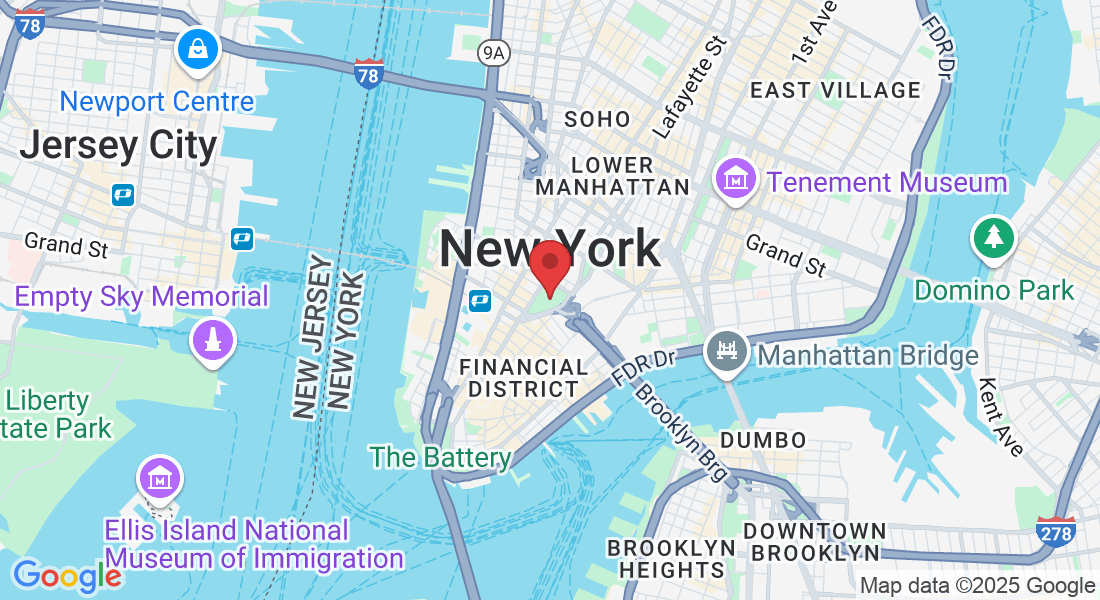Serving Canadians Since 2013

📞Tel: 416-500-3836
🕒 Mon–Fri 9:00am–6pm | Sat By Appt
Your Trusted Partner for Quality Wheels, Tires and More.
Your Local Experts for
Wheels, Tires & More — Since 2013
Serving Bradford, East Gwillimbury, Innisfil, Alliston & Surrounding Communities

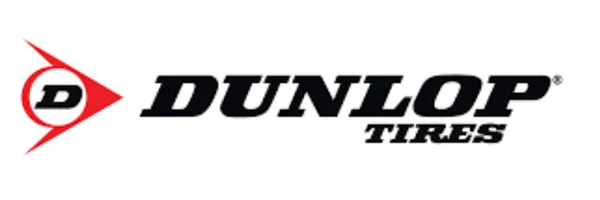
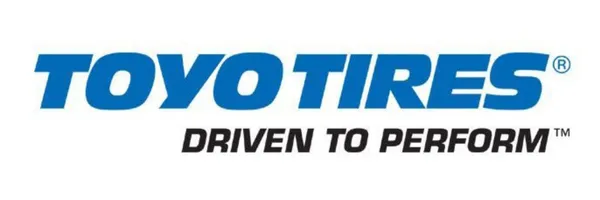
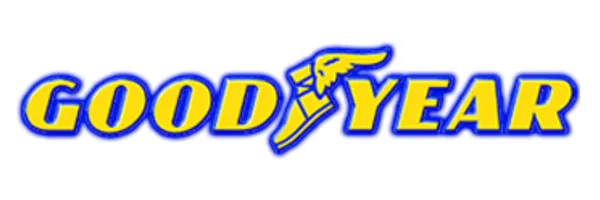


Why Choose Us for Your Tire Needs?
🏆 Award-Winning Local Service
Serving Bradford since 2013 with multiple business awards.
❤️ Community-Focused
Supporting youth sports, Terry Fox Run, and local co-op students.
🛞 Wheels, Tires & Accessories
Complete packages, trailer tires, off-road setups & more.
🛠️ No Gimmicks, Just Great Service
No oil changes. Just trusted wheel & tire pros to serve you.
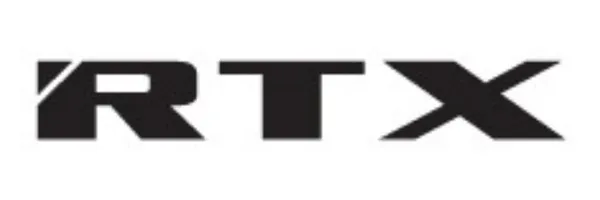

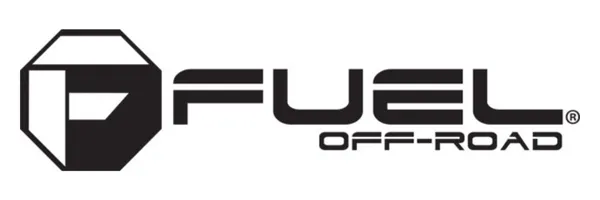

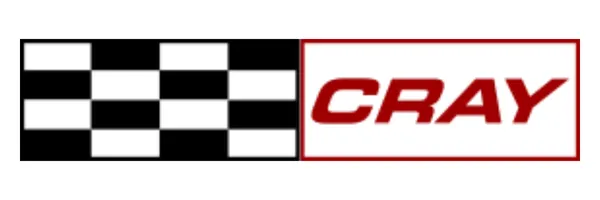
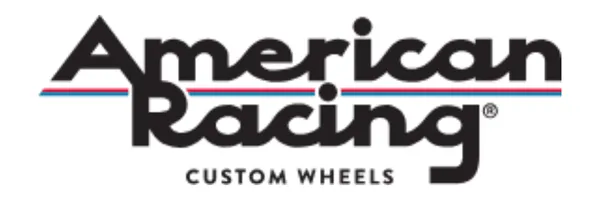
What We Do
Full-service tire & wheel shop – everyday driver to off-road builds
Our Services

Tire Sales and Installation
All-season, winter, off-road & performance packages

TIRES & WHEELS
Patching (no plugs), rotations, rim leak repair
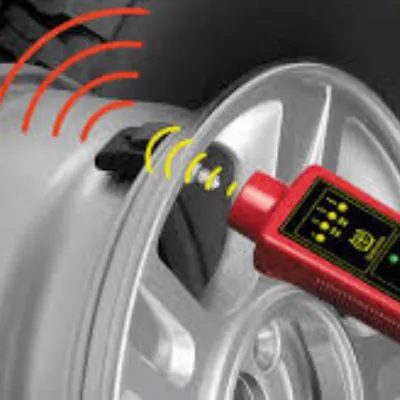
TPMS & Wheel Accessories
Sensors, lug nuts, centering rings, tire storage
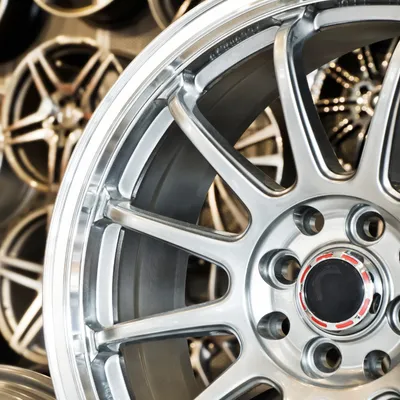
Wheel Sales & Services
New wheels, installation, rim repairs, powder coating

ATV / UTV Tires & Accessories
Lift kits, winches, off-road tire setups

Trailer Tires & Hitches
Tires & accessories for campers, food trucks & more
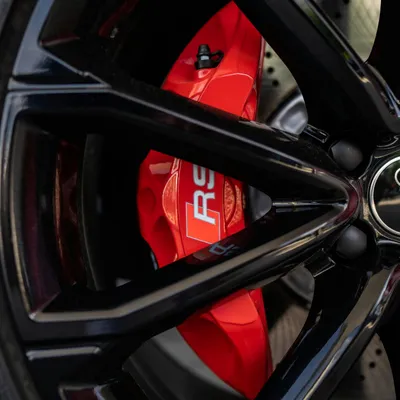
Custom Caliper Paint
New wheels, installation, rim repairs, powder coating

ATV / UTV Tires & Accessories
Lift kits, winches, off-road tire setups

Trailer Tires & Hitches
Tires & accessories for campers, food trucks & more
Get In Touch Now
For A Quote On Wheels, Tires, Accessories Or To Chat About Your Special Project, We Are Your Local Experts.
Serving Our Clients since 2013
Featured Products
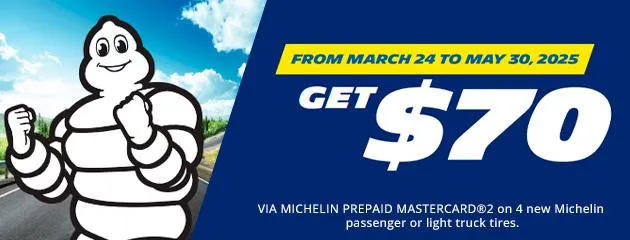
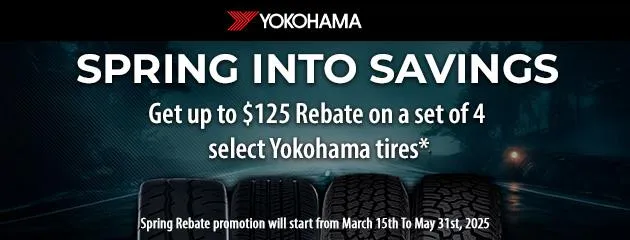

We have special manufacturer promotions every Spring & Fall. Follow us on Social Media to stay looped in with any other promotions.
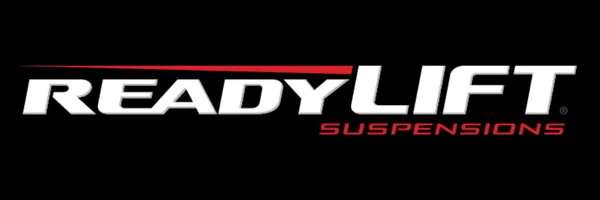

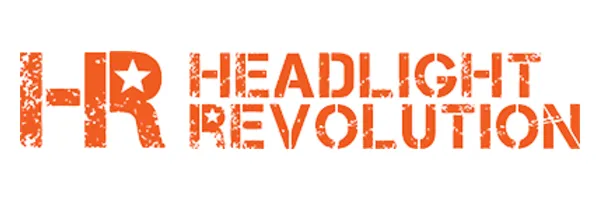

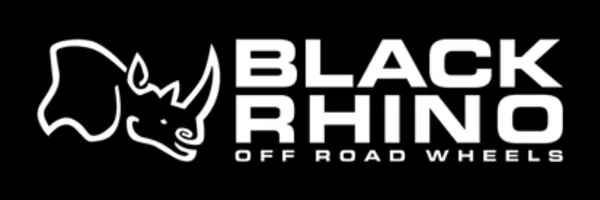

REAL TESTIMONIALS -- See them on Google
People Drive from All Over for a Reason. Worth The Drive To Bradford.

Great Value and helpful!
This tire shop is the place to get your tires! Greg and his staff are always very helpful and accommodating. Amazing value with that personal touch. I just had my new rims installed and they look amazing!
Thank you for yet another great experience
Tim S.- From Barrie, ON

Professional and Friendly!
Greg and Bailey were professional and friendly! Would recommend to friends and family.
Thank you for a smooth experience!
Natalie C.- From Bradford, ON

Above and beyond!
Excellent customer service!
The staff were very helpful and they did a great job. They were able to help me solve a problem and even stayed on past closing time to do it.
I am going to be a repeat customer.
Emily G.- From Bradford, ON
Summer Tire & Wheel Packages
Ready for road trips, smooth rides & sharp turns? We’ve got your fit.
TIRE REPAIRS & MAINTENANCE
Flat? Vibration? Rim leak? Get fast, professional help now.
ATV & Off-Road Setups
Tackle trails & cottage roads with the right rubber for your ride.

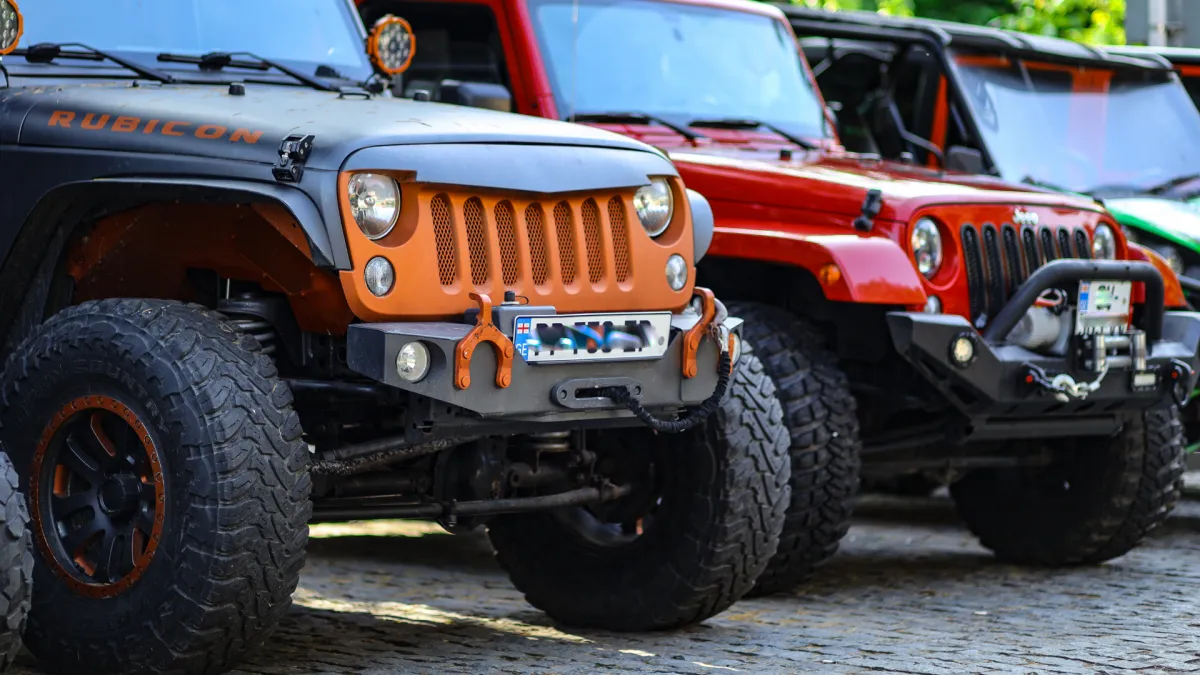

Got Questions?
Frequently Asked Questions
What types of tire packages do you offer?
We carry all-season, performance, off-road, and summer packages for cars, trucks, SUVs, trailers, and ATVs. Packages can be customized with rims, TPMS, and tire storage.
How often should I rotate my tires?
We recommend rotating your tires every 6,000 to 8,000 miles, or as specified by your vehicle’s manufacturer. Regular rotation helps extend tire life and improve safety.
How do I know when it’s time to replace my tires?
If your tires have low tread depth, visible wear, or cracks, it’s time to replace them. Our technicians can check your tires and advise you on the best course of action. Also consider that if your tires are 5-6 year the compound within will begin to be compromised.
Do you offer tire installation services?
Yes, we offer professional tire installation services, including mounting and balance, to ensure a smooth and safe ride.
Do you patch or plug tires?
We follow industry safety standards and only offer professional tire patching from the inside — no plug-only repairs.

Subscribe To Our Email List
We do not SPAM and only share value.
Promotions, recalls and what's new.

We’re dedicated to keeping you safe on the road with top-quality tires and expert service. Visit us for all your tire needs and experience the difference. Drive confidently, knowing we’ve got you covered every mile of the way.
CUSTOMER CARE
FAQs
Terms of Service
Privacy Policy
Contact Us
Gift Card
CONTACT US
We’re available by phone 289-500-3836
Email: [email protected]
Opening Hours:
Monday till Friday 9 AM to 6 PM EST
Saturday - By Pre-booked Appointment Only
Sunday - Closed - Family Time
Wheels, Tires, ATV / UTV and Accessories Near You.
Serving: Bradford, Alliston, Innisfil, Barrie, Cookstown, Bondhead, East Gwillimbury, Newmarket, King City, Angus, Tottenham, Aurora and more.
